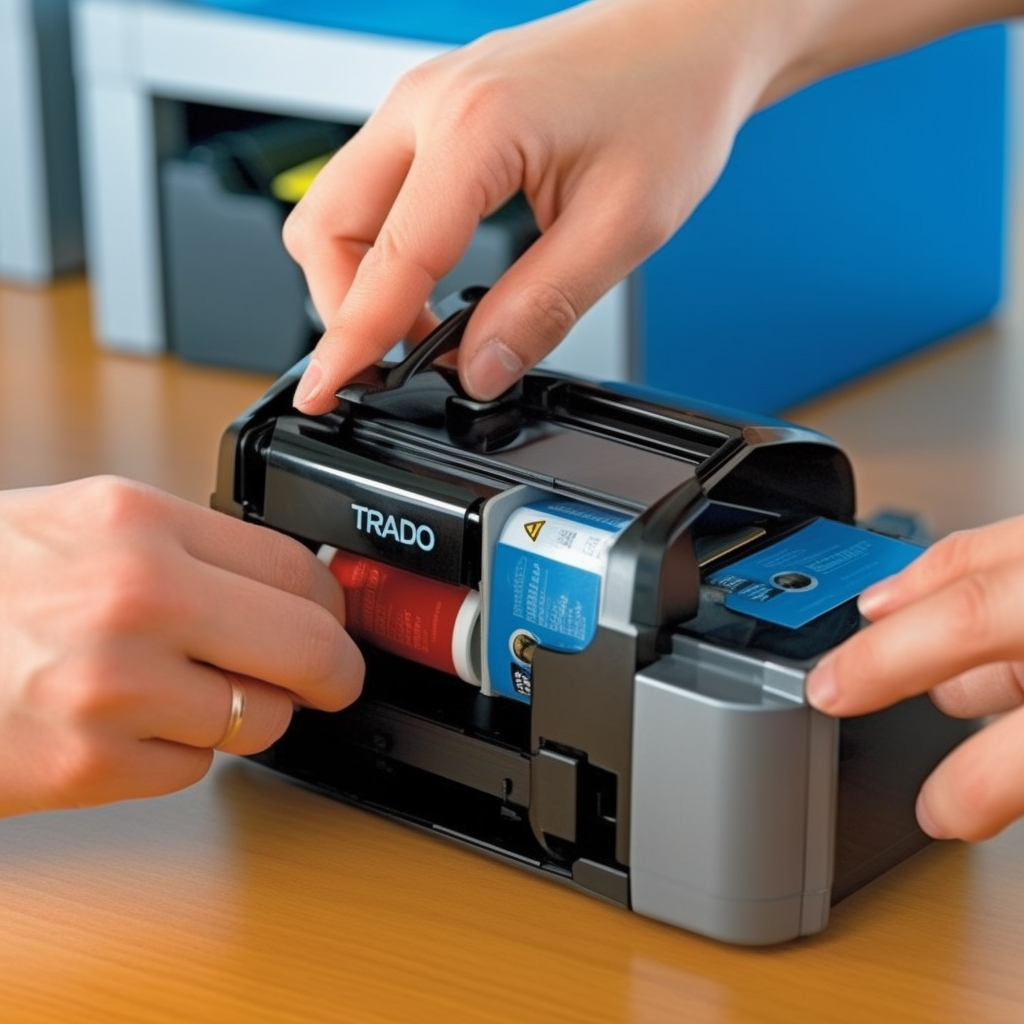
Thermal paper is a common printing material, widely used in the fields of receipts, labels and bills. It has a special thermal coating to produce images or text when heated. In this paper, we will gain insight into the manufacturing process of thermal paper and understand how it is made.
The manufacturing process of thermal paper is relatively complex and requires multiple steps and special materials. The following is the general manufacturing process of thermal paper:
Substrate selection: The substrate of thermal paper is usually a kind of paper or plastic film. Paper substrate can be of different textures and thickness, while plastic film has better durability and water resistance. The choice of the substrate depends on the requirements of the final application.
Coating preparation: The key to heat sensitive paper is heat sensitive coating. The coating is usually composed of thermosensitive infecants, pigments, gelants and solvents, etc. These materials are mixed under specific formulations and proportions and prepared into coating solutions by processes such as stirring and mixing.
Coating process: The coating process is a key step in applying the thermal coating to the substrate. This is usually achieved by a printing press or an applicator. The substrate passes through the delivery system to coat the coating solution evenly on its surface. After coating, the substrate is cured through a drying device to make the coating dry and stable.
Processing and cutting: Once the thermal coating is cured, the thermal paper enters the next processing stage. This includes cutting, rolling, and packaging steps. The thermal paper can be cut into the desired size and shape according to different requirements and rolled into the appropriate drum.
There are several key factors to be noted when making thermal paper:
Coating formulation: The formulation of the thermal coating needs to be precisely controlled to ensure that the coating has the desired thermal sensitivity and printing effect. The selection of thermosensitive infecants and pigments and their proportion in the coating all play an important role in the final printing results.
Coating uniformity: During coating, ensure that the coating will evenly cover the surface of the substrate. This can be achieved by controlling the parameters of the coating equipment, adjusting the coating speed and coating thickness, etc. A even coating ensures consistency and quality of printed results.
Drying and curing: The coated thermal paper needs to go through a drying and curing process to make the coating completely dry and firmly combined with the substrate. This can be achieved by drying equipment or by other drying methods. Proper drying time and temperature are critical to ensure coating stability and durability.
Quality control: In the manufacturing process of thermal paper, quality control is very important. This involves the detection and testing of the coating thickness, uniformity, and adhesion. Quality control measures ensure that the produced thermal paper meets the specified standards and requirements to provide a reliable printing effect.
In summary, the manufacture of the thermal paper involves the steps of selecting the appropriate substrate, preparing the thermal coating, coating, and drying and curing. With precise formulation and control parameters, thermal paper with good thermal sensitivity and printing effect can be made. Quality control is the key to ensure that the thermal paper meets the standards and requirements. The manufacturing process of thermal paper requires fine technology and equipment to ensure the quality and reliability of the final product.
